
What Is Behavior Skills Training (BST)?
Share
Behavior skills training (BST) is a method used for teaching new skills. BST consists of four main components. These include instructions, modeling, feedback, and rehearsal. BST is an individualized way to teach skills. BST is a research-backed teaching method used in Applied Behavior Analysis (ABA) for teaching new skills. However, the application of behavior skills training goes far beyond working with clients.
What Can You Teach Using Behavior Skills Training?
In behavior skills training, one great aspect is that you can use it to teach countless skills to many different populations. As such, in the ABA field, BST is used with clients, therapists, and caregivers. Given this widespread application, let’s consider examples of how behavior skills training can be used with each group of people.
With Clients
A social story is read about initiating greetings. Following the social story, the therapist demonstrates the skill. Next the therapist and client role-play greetings. Finally, the therapist provides feedback.
With Therapists
In new employee training, a video is shown about ABA procedures. The trainer models the skill and then role-plays with the therapist, followed by feedback on the therapist’s demonstration.
With Caregivers
An essential component of ABA is caregiver training or treatment guidance. ABA professionals should train caregivers on effectual procedures with their children. Efficient treatment guidance is indeed vital for caregivers to follow through on the applications outside of therapy sessions. Behavior Skills Training is an effective way of teaching caregivers these skills.
Shop ThinkPsych Products
4 Steps to Behavior Skills Training
There are four main steps to behavior skills training. The trainer can individualize each step to best meet their learner’s needs. Let’s review a breakdown and examples of each step.
- Instructions: First, explain in adequate detail how to perform the behavior. This may be with written instructions, verbal, or both. Instructions should be clear and concise and use language your learner understands. Additionally, you can explain the significance of the skill to help the learner understand the importance of the skills at hand.
-
Modeling: Demonstrate how to complete the skill. Narrate the steps of the procedure along the way. Modeling may be conducted in person or via a video model.
Example: You model the mand training procedure with your learner, with the behavior technician observing the process from start to finish. Again, allow for questions to clarify anything before moving on to the next step. -
Rehearsal: This is the opportunity for your learner to practice the skill after receiving instructions and observing someone else model the skill.
Example: You might have your RBT practice role-playing mand training with yourself, or you may move along to practice the skill with the learner. This would depend on their experience and skillset with the individual goal at hand. Either way, this would be their opportunity to practice. Take data to guide you through the next step, feedback. -
Feedback: Finally, provide feedback. Deliver positive feedback for areas they demonstrated the skill accurately, in addition to corrective feedback for areas of improvement. Ensure this feedback is immediate, clear, and concise.
Example: “You did great assessing the client’s motivation. Let’s try this again. This time, when you prompt the child to request, avoid asking them what they want. When prompting that way, we might create prompt dependency. Instead, try using a partial verbal prompt.”
And Repeat!
The BST procedure is repeated until the mastery criteria is met. Everyone learns at their own pace. Therefore, while one person may master a skill with one run-through of BST, someone else might need several repetitions to demonstrate mastery.
Benefits to Behavior Skills Training
Behavior Skills Training is an evidence-based practice and has wide applications within the field of behavior analysis and beyond. The nature of BST makes it person-centered, as opposed to a one-size-fits-all approach. Its application with teaching clients can help ensure meaningful positive behavior change. Its application with behavior technicians can make sure therapists are adequately prepared for the behavior technician role. Furthermore, its application in training caregivers may result in an increase of skill generalization.
Behavior Skills Training Guidelines
Anyone can use behavior skills training to teach skills, though there are a few guidelines to keep in mind.
- Rapport is important! Pairing with your learner is a key first step. Strong rapport creates a positive foundation for learning. Pairing may increase your learner’s motivation, resulting in improved outcomes. Read more: Pairing and Rapport Building in ABA
- Ensure your learner has the prerequisite skills before teaching a skill with BST. If they do not, start by working on addressing those skills first.
- Let your data lead the way. Data is a vital component of ABA. Use the data to guide decisions regarding the effectiveness of your teaching.
- Feedback is most effective when provided immediately. Aim to deliver feedback as soon as possible following rehearsal.
- Everyone learns differently. As such, BST is not one size fits all. There are many ways to individualize BST. For example, you could use video models for learners who prefer this rather than live models. Additionally, some learners prefer written instructions, while others prefer verbal or pictures. Remain flexible while teaching with BST.
The use of BST by professionals can improve socially significant behaviors. The individualized nature of BST makes it an excellent choice for teaching new skills. Review the steps and guidelines above to ensure accurate use of BST.
References
Buck, Hannah M. “The Efficacy of Behavior Skills Training: A Literature Review.” (Fall 2014).
Headley, Ali Jo-Celeste, “The Use Of Behavior Skills Training To Teach Paraprofessionals Discrete Trial Teaching.” (2016). MSU Graduate Theses. 3032.
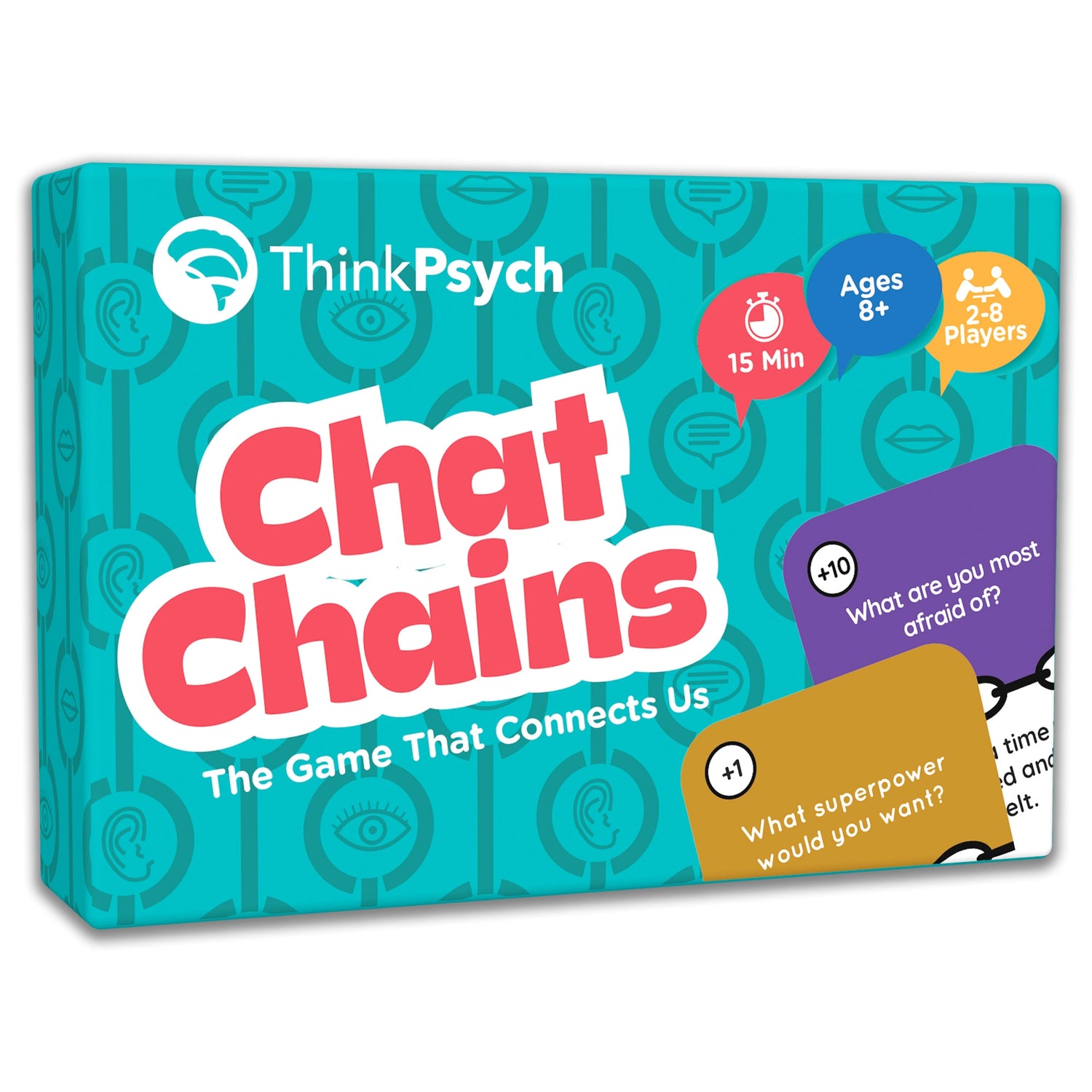

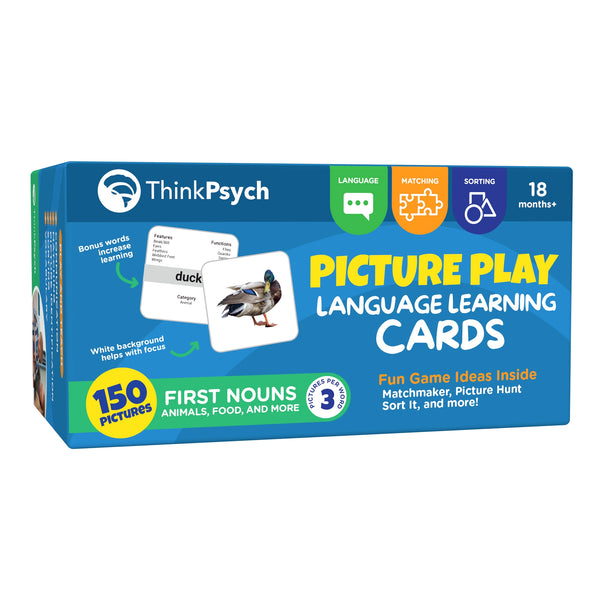

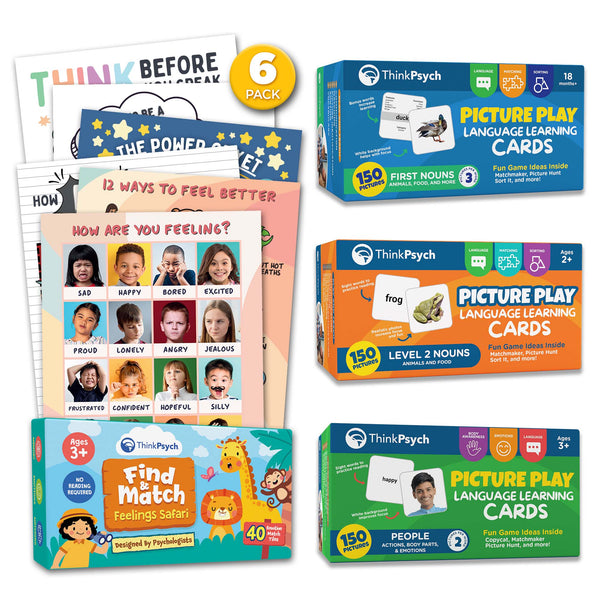
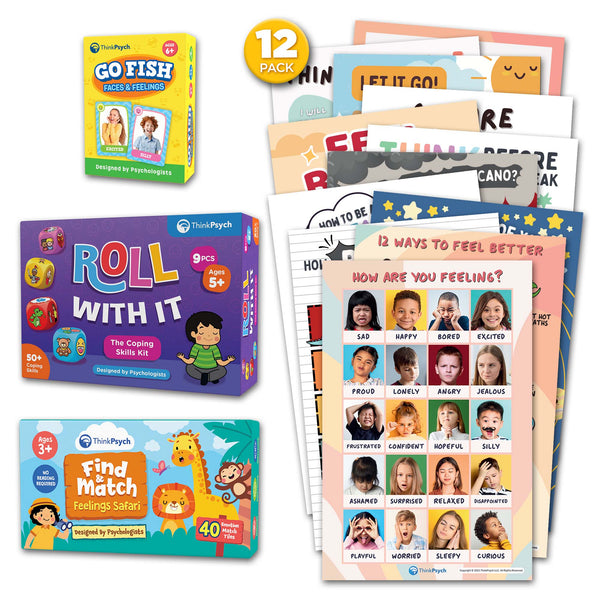
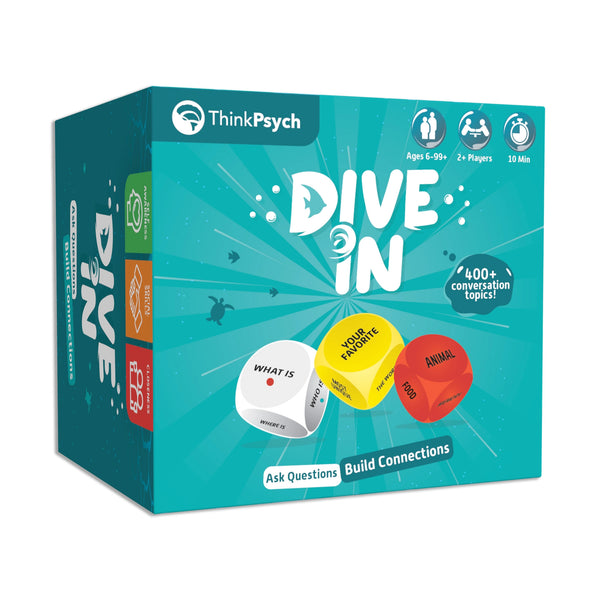
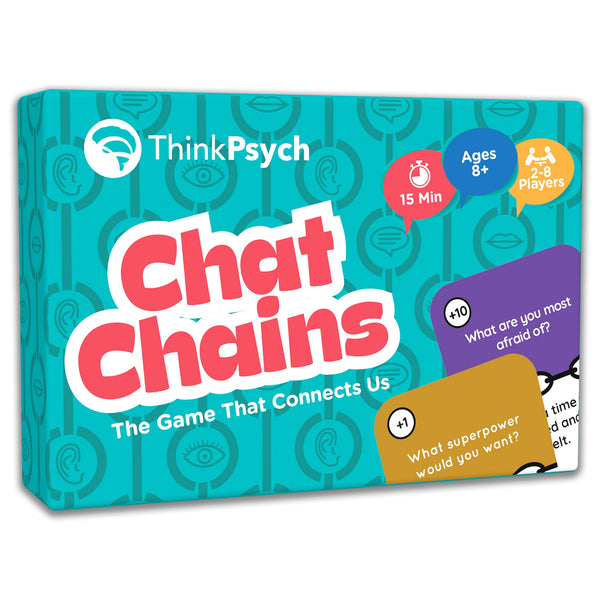


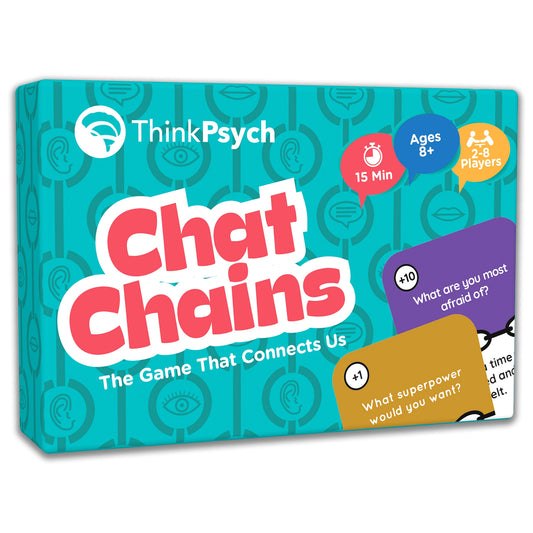
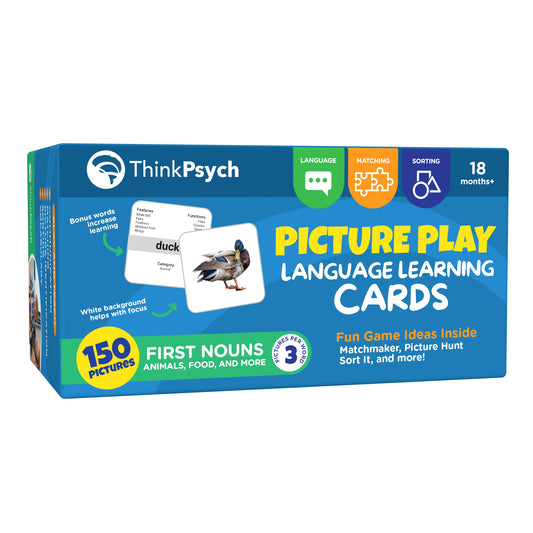

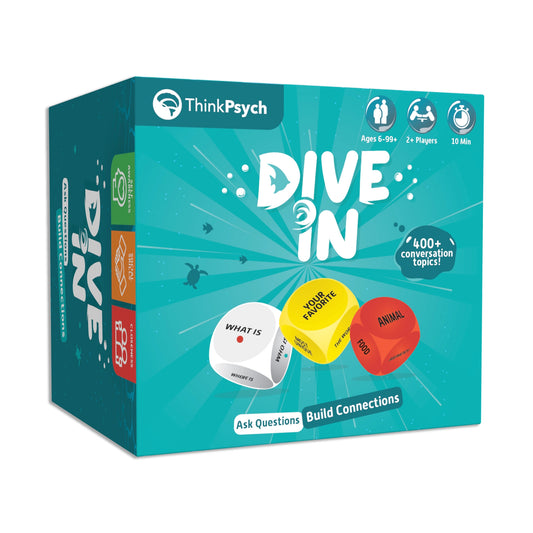
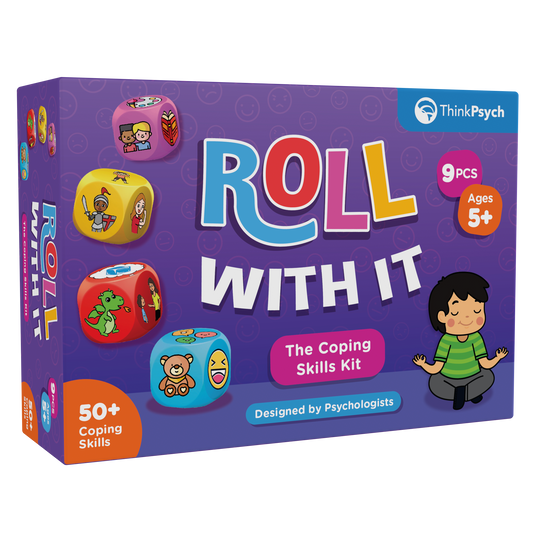



2 comments
Hi Carolina! That’s a great question. It depends on the skill being taught and the existing skill level of the learner. When it comes to complex skills, it may take hundreds of trials over many months. For simpler skills such as “providing reinforcement”, it may just take 1 or 2 practice trials.
How many days/times is BST applied?